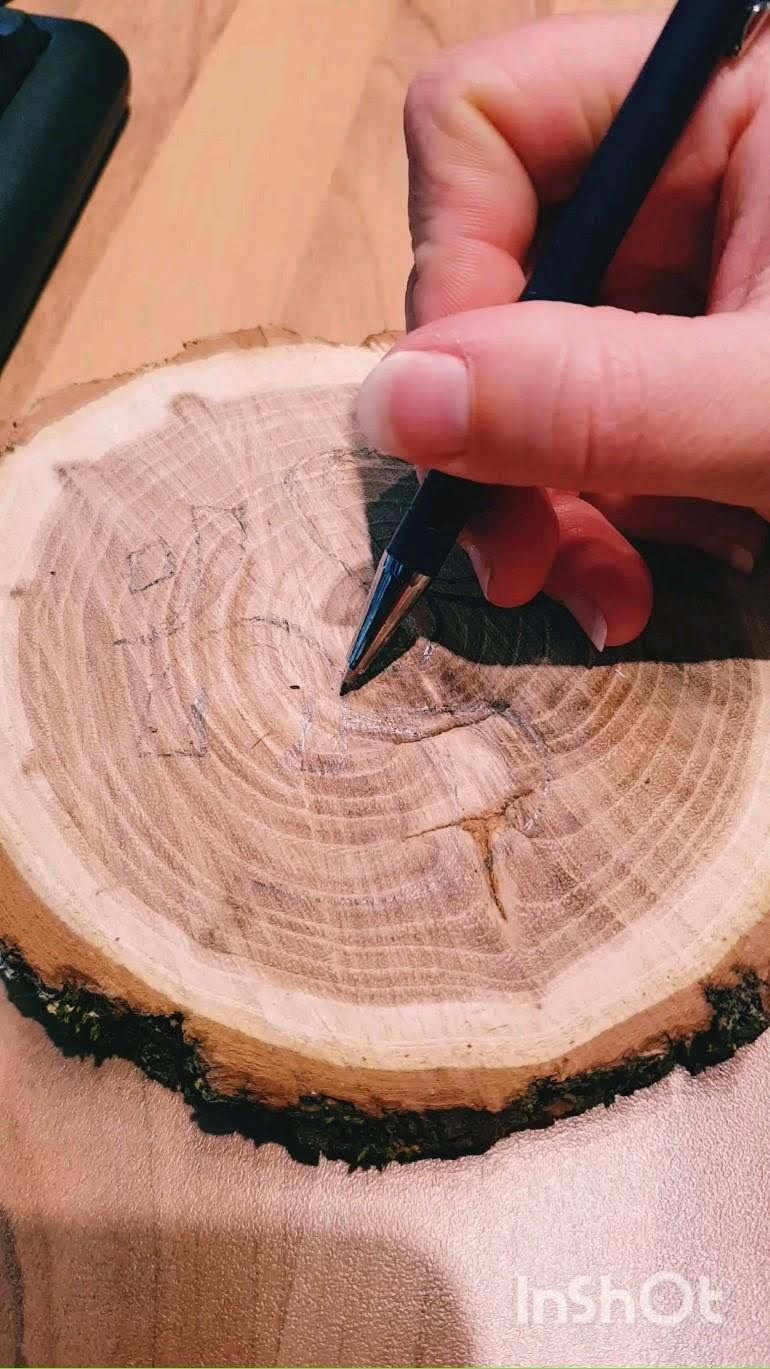Introduction
Woodworking is one of the oldest forms of craftsmanship, stretching back centuries and involving a variety of methods and tools. In more recent times, woodworkers have been able to take advantage of CNC machines to make their projects easier, faster, and with greater accuracy.
CNC stands for computer numerical control and is a form of automation used in manufacturing processes. This method uses a computer-controlled programmable machine to execute instructions directly from digital inputs. CNC machines are designed to precision-cut intricate shapes and designs with minimal effort on the part of the user. They can cut out nearly any shape or design with millimeter accuracy every time.
One key benefit of using CNC machines in woodworking is efficiency – they’re able to rapidly produce identical pieces over multiple cycles, perfect for mass production or short lead times. As a result, operations that would typically take days can now be completed within hours. Furthermore, both the consistency and quality of finishes produced by CNC machines are superior compared to those achievable through manual labor alone – achieving smooth curves and edges typically takes time and expertise when leveraging traditional cutting tools such as saw blades, chisels, etc. Additionally, many commercial-grade CNC machines possess features such as boring spindles which enable users to easily drill holes in wood material much faster than manually doing so with a hand drill or router bit.
Perhaps one of the most intriguing benefits offered by modern day CNC machines is their ease of use – even individuals without prior machining experience are able to learn how operate these devices in no time at all due to the included toolsets (such as CAM tracking systems) which help facilitate user programming tasks. Thus, rather than having technicians/woodworkers parked in front of each machine performing repetitive tasks all day long you may potentially see them step away while allowing their CNC machinery do the work on its own!
What is a CNC Machine and How It Can Improve Woodworking?
CNC stands for Computer Numerical Control, and it is a machine tool technology that automates the traditional subtractive manufacturing techniques of machining. CNC machines are used by industry to produce intricate components from paper, plastic, rubber or metal with great accuracy and consistency. They can also be programmed to cut, carve, shape and finishing many types of wood-based projects.
In woodworking, CNC machines are usually equipped with router bits or drill spindles which allow them to perform various operations such as drilling and cutting. These machines help woodworkers create complex shapes with laboursaving precision. For example, a CNC machine can be set up to accurately recreate a complex curve out of a piece of wood. Additionally, they’ll enable you to design intricate patterns in the wood itself; something impossible with manual tools such as saws and routers.
Using CNC machines eliminates much of the time-consuming element associated with producing components quickly as well as accurately. It also allows for flexibility when it comes to making adjustments during production runs ” if an adjustment is needed or an error occurs it can simply be programmed into the machine without necessitating costly rework or scrap pieces. Furthermore CNC machining uses less material than traditional methods resulting in cost savings as well as improved efficiency and waste reduction during production
Different Types of CNC Machine Woodworking Techniques
CNC machine woodworking is an effective and accurate way to achieve specific shapes and arrangements in your woodcraft projects. CNC stands for Computer Numerical Control, which allows woodworkers to program a wide range of parameters into the machine to get precisely cut shapes. Some of the most common CNC machine woodworking methods are:
1. 3-Axis Machining – This type of machining uses x, y and z-axis movements which allow it to accurately cut complex shapes out of solid woods or use foam inserts for routed lettering.
2. 4-Axis Machining – Four-axis machining adds a fourth axis (the “A axis”) for multidirectional cutting movements making more complex shapes easier to make. This technique is ideally suited for drilling multiple pieces of material at once.
3. 5-Axis Machining – Five axis machining increases the accuracy and possibilities even further with a fifth axis that can angle cuts at different angles simultaneously on multiple faces in one pass making complex corners possible. It also creates 3D components more quickly than other methods since all five axes work together at once as opposed to sequentially like other CNC methods require. This means that entire components can be made without requiring manual input from the worker, offering greater efficiency overall.
4. Inlay Techniques – Inlay techniques refer to using a combination of two technologies: laser engraving or routing with computer numerical control (CNC). It is commonly used for creating intricate patterns out of various kinds of materials like complex logos or custom artwork on tabletops, furniture or decorative items etc., where laser engraving would take too long but hand carving by hand is too imprecise or complicated for the task at hand..
5. 3D Carving/Milling ” With 3D carving, an object can be carved into any form regardless if it is tubular or latticed shape; regardless whether it’s simple or highly detailed contour edges, everything becomes simpler through CNC milling machines provided they have adequate number of controllable axes(usually 5) which allow additive movements along X-, Y-, Z-axes as well as integrated rotary axes A/B and possibly C simultaneously in order to obtain high flexibility while processing any kind of materials such as wood, soft aluminium, plastics and composites etc..
Essential Tools and Software for CNC Machine Woodworking
1. CNC Router: A CNC router is the most essential piece of equipment for efficient and accurate CNC machine woodworking. Most professional machines will have a rotating spindle motor, stepper motor, and controller software that allows you to program your workpiece before each cut. When it comes to picking out a router, look for one with a high torque motor, quality cutting bits and accessories to ensure the best results in your finished product.
2. Computer Software: Once you’ve found a reliable router, the next step is constructing G-code programs that will guide the machine during manufacturing operations. Make sure that you purchase or research compatible software that meshes with your particular CNC machine brand and model. CAM (Computer-Aided Manufacturing) software helps you create code from two-dimensional designs while CAD (Computer-Aided Design) applications allow users to design parts from scratch.
3. End Mills: The best way to make painstakingly precise cuts is by using a coordinated end mill setup ” especially if sculpting intricate shapes within wood stock. End mills are made out of solid carbide, so invest in durable ones that won’t fly away or break when tension from material fibers increase resistance at the cutting edge.
4. Dust Extractor: Working with power tools can produce hazardous particles whenever any lumber is introduced into the mechanism like sawdust particles containing large invisible particles of carbon dioxide which may be harmful when inhaled in large amounts over long periods of time ” always use dust extractors wherever possible to decrease airborne pollutants during projects when working on either CNC routers or manual machines like tablesaws or band saws etc..
Popular CNC Machine Woodworking Projects to Try
Woodworking is one of the most popular DIY activities, and CNC (Computer Numerical Control) machines are a perfect way to tackle larger projects like cabinets, furniture or decorations for special occasions. Today’s CNC machines can be used to precisely cut and shape pieces of wood, plastic and even metal. With the right software, almost anything can be created with one of these machines ” dreams come true! Here are some of the most popular CNC machine woodworking projects that people take on:
• Custom-made signs and plaques: Create unique signs and plaques with custom messages or words as a present for someone special or just to decorate your own home.
• Wood carving art: Carve detailed 3D designs into hardwood boards to create eye-catching works of art.
• furniture: Re-create classic furnishings with modern details using CNC machines for accuracy and finishes.
• Custom wooden toys: Create puzzle pieces or blocks for children or adults with shapes cut from wood. These make great gifts!
• Wood inlay projects: Cut intricate designs from one piece of wood before cutting it down and fitting it back together to add colour and texture to a project.
• Construction elements: Create moulding and trim pieces for stairs, door frames, shelving and more from scratch with precision craftsmanship.
Trouble Shooting Tips for CNC Machine Woodworking
When using a CNC machine for woodworking, it is important to be aware of any potential issues that may arise. Identifying and addressing problems early can help to keep your production process running smoothly. Below are some trouble-shooting tips that you should keep in mind when using a CNC machine for woodworking:
1. Make sure the cutting tools you are using are suitable for the materials being cut and that they are sharp enough. Dull cutting tools can cause uneven edges, chatters, and even increased cycle times as the CNC struggles to make the cuts correctly.
2. If a cut is not behaving properly, check for worn bearings or other loose parts in the machine. Excess vibration will reduce accuracy, so ensuring everything is tight and well-maintained is essential in making sure your CNC runs well.
3. Be mindful of overloading the cutter! If your tooling is loaded beyond its capabilities, this can lead to stress on both the motor and spindle causing them to overheat or even catch fire if pushed too far!
4. Keep an eye out for dust build up ” failing to clean away dust regularly can lead to clogs in certain parts of your machine making it more difficult focusing on details and shapes as precision/accuracy decreases with dirt build up.
5. Program errors need to be paid close attention to – double check all programs before executing them on your machine as small mistakes here could lead to bigger ones down the line (and large costs!)
6. Cleanliness is key! Turning off/unplugging your CNC after every use helps you start off with nearly no mess when it’s about time for it’s weekly deep cleaning session! This will also allow you better access when checking out problem areas during repair work later on in case something does go wrong!
Conclusion
The advantages of CNC machine woodworking are vast. From precise cuts that require minimal physical labor to rapid prototyping, this form of manufacturing offers a variety of possibilities for businesses looking to stay ahead of their competition. The design and production speeds achievable with CNC machines make it an invaluable asset for those who specialize in woodworking. With its flexible capabilities, CNC machining allows for creative customizations to accommodate any project at hand. Designers, engineers, and artisans alike can breathe life into the ideas spinning in their minds with the power of a quick-cutting CNC machine. Ultimately, choosing a quality CNC machine for your workshop or shop is an essential investment for success in today’s market. Using professional grade machines with strong materials will ensure accuracy and reliability in your finished products. Investing time researching the types of woodworking tasks suited for your needs and budget can go a long way in how you plan to tackle projects within the scope of your profession. Regardless, no matter which route you choose the potential benefits of owning a CNC machine are undeniable ” efficiency, accuracy, cost-effectiveness and predictable results all in one tool. While learning to harness the power of these machines may seem complicated at first glance, it is important to remember that studying and mastering new technologies will open doors throughout every aspect of your business operations – as well as provide endless opportunities on the cutting edge of modern craftsmanship!

Hi everyone! I’m a woodworker and blogger, and this is my woodworking blog. In my blog, I share tips and tricks for woodworkers of all skill levels, as well as project ideas that you can try yourself.





